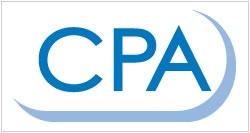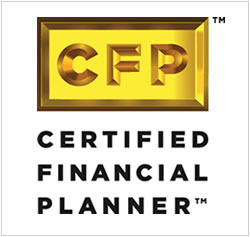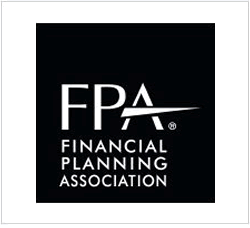 The path to improving your credit score starts with knowing your credit score and getting your credit report. But why bother? What difference does it make? Plenty. Your credit score is a key ingredient in determining whether you get credit and how much it costs. So here are a few basics on what you need to know about your credit score and your credit report.
The path to improving your credit score starts with knowing your credit score and getting your credit report. But why bother? What difference does it make? Plenty. Your credit score is a key ingredient in determining whether you get credit and how much it costs. So here are a few basics on what you need to know about your credit score and your credit report.
1. Higher is better. Unlike a golf score, higher is better for credit scores. The commonly used FICO score, developed by credit score pioneer, Fair Isaac Corporation, has a range of 300 to 850. The three main reporting services, Equifax, Experian and TransUnion more recently collaborated to produce the VantageScore which has a range from 501 to 990. Lenders who use these scores apply different scales and evaluations models, but in all cases, higher is better.
2. Payment history and amounts owed are key factors. So how is a credit score determined? The two biggest factors are payment history and amounts owed. Credit score superstars have a long history of ontime payments, and the amounts they owe are a small fraction of the credit lines available to them.
3. Improve your payment history. Because payment history is the biggest factor, the first thing to do to improve your credit score is to improve your payment history. Pay bills on time. Set reminders or choose automatic payments. Missed payments? Get current and stay current. Older credit problems countless. Paying off a collection amount will not remove it. It remains for 7 years.
4. Improve your credit utilization. Maintain low balances relative to credit available. Don’t “max out” credit cards. Don’t close unused credit cards with long, consistent payment histories. If your balances are testing the limits because you don’t have much credit, open a new account or ask for a higher limit.
5. Credit scores are not free, but credit reports are. Consumers are entitled by law to a free credit report once a year at AnnualCreditReport.com. If you want your credit score, however, you will need to pay $7.95 for a VantageScore. At myFico.com, credit scores cost $19.95.
6. Credit reports provide details. Credit reports detail your credit history as reported by your lenders monthly. They list the types of credit used, how long each account has been open, and whether you are paying on time. Also, credit reports show if you are seeking more credit – a negative.
7. Credit reports are snapshots. Credit reports do not exist until asked for. They are snapshots of the existing information at a specific time. Thus, they can vary significantly depending on the specific circumstances at the time they are prepared.
8. Look for negatives. Credit reports will often note negative information that brings down your score. Examine these negatives closely because sometimes they are wrong. You can improve your score by catching and reporting errors.
9. Preparation pays. Know what to expect before borrowing for that big purchase. If your credit score is not what it needs to be, a little planning can pay big dividends. Take a few months to prepare a better snapshot of your credit picture. By improving your monthly bill payment history and properly managing your credit card accounts, you might be able to raise your score to a level that qualifies you for the most favorable interest rates and the best credit cards. You might even have lenders asking for your business.
Originally published in the Young Lawyer (web). Click here to download the PDF version.
 Padden Financial Planning
Padden Financial Planning





Connect